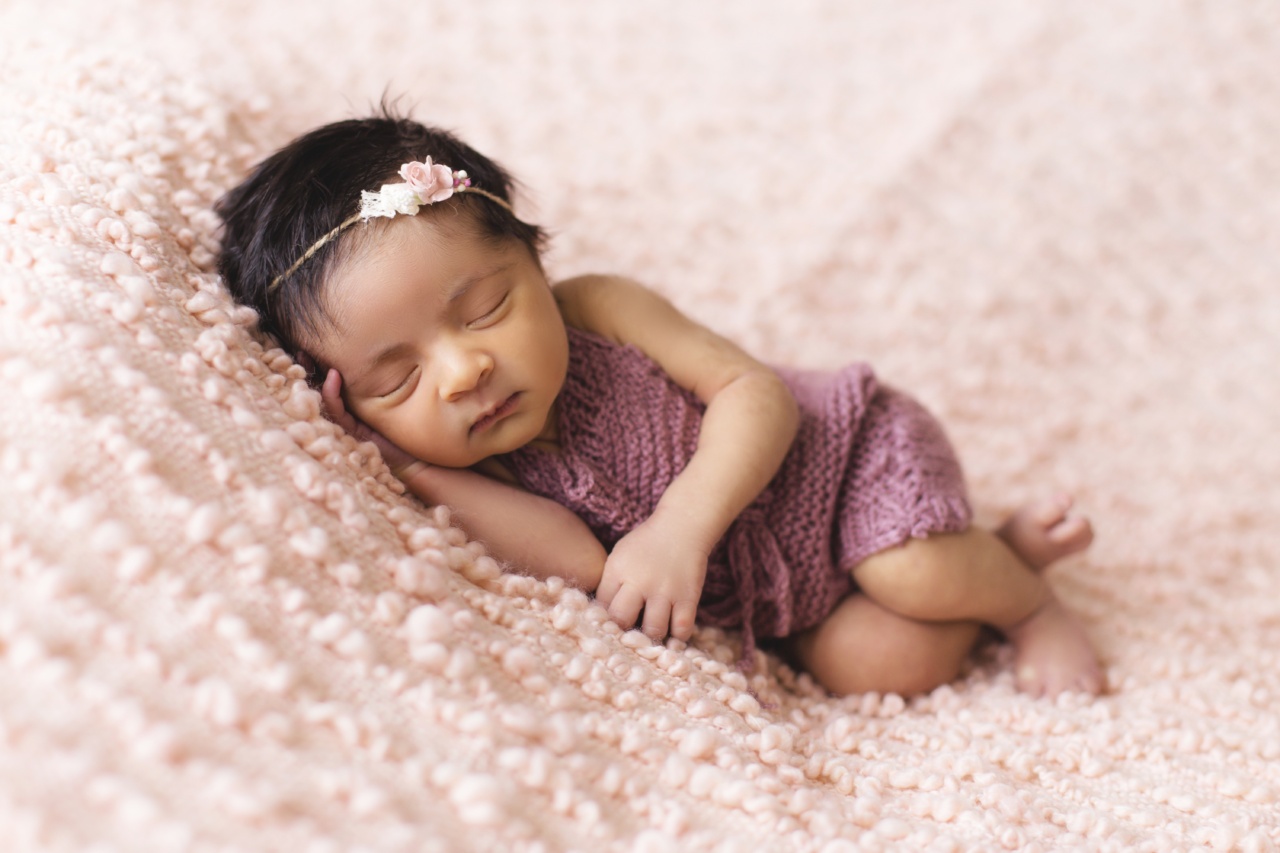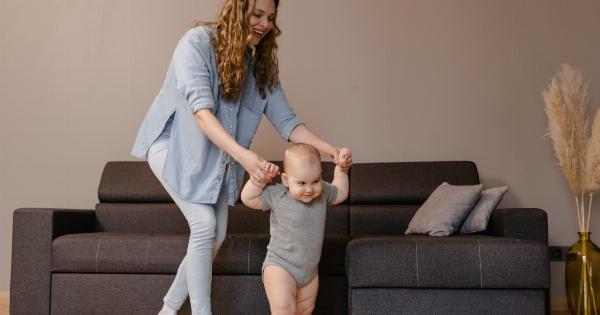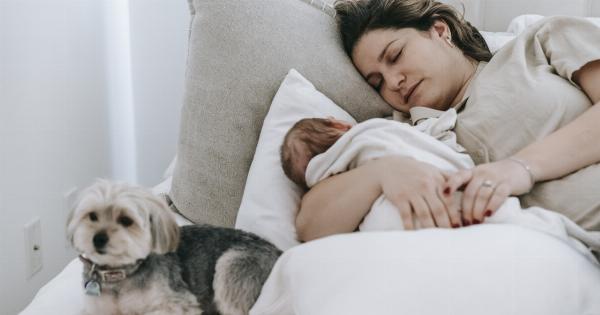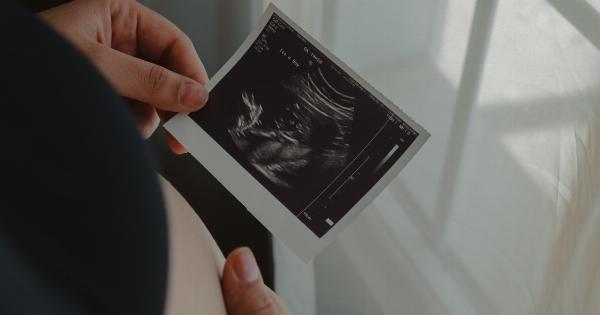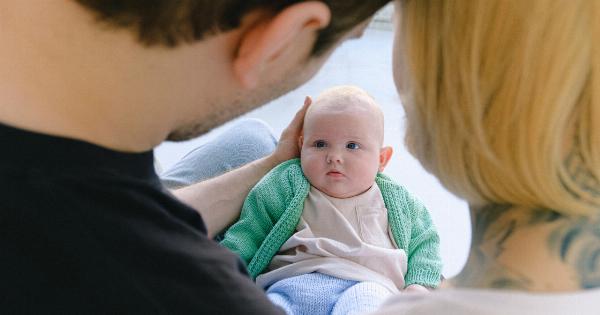Ensuring a safe sleep environment for infants is crucial to their well-being and development. It reduces the risk of Sudden Infant Death Syndrome (SIDS) and other sleep-related accidents.
As parents or caregivers, it is essential to follow safe sleep practices to protect your little one while they sleep. This guide will provide you with valuable information on creating a safe sleep environment and adopting safe sleep practices for your infant.
1. Choosing the Right Sleep Surface
The choice of sleep surface for your infant is vital to promote safe sleep. It is recommended to use a firm and flat mattress in a safety-approved crib or bassinet.
Ensure that the mattress fits snugly into the crib or bassinet without any gaps, and avoid using additional padding or soft bedding.
2. Room-Sharing vs. Bed-Sharing
It is advisable for infants to sleep in the same room as their parents or caregivers during the first six to twelve months. However, it is crucial to understand the difference between room-sharing and bed-sharing.
Room-sharing involves placing the infant’s crib or bassinet in the same room, while bed-sharing refers to sharing the same sleep surface with the infant. Bed-sharing increases the risk of SIDS and other sleep-related accidents and is not recommended.
3. Back to Sleep
Always place your infant on their back to sleep, both for naps and nighttime sleep. This position helps reduce the risk of SIDS. Avoid placing your baby on their side or stomach to sleep, as it increases the likelihood of suffocation.
4. Safe Sleep Environment
Creating a safe sleep environment for your infant is essential. Keep the crib or bassinet bare, ensuring there are no loose objects, toys, or excess bedding.
Use a fitted sheet that fits snugly around the mattress, and dress your baby in sleep clothing appropriate for the room temperature. Maintain a comfortable and moderate room temperature, ranging between 68°F and 72°F (20°C to 22.2°C).
5. No Smoking
Keep your infant’s sleep environment smoke-free. Exposure to secondhand smoke increases the risk of SIDS. It is important to avoid smoking during pregnancy and ensure that no one smokes near your baby or in the house or car.
6. Pacifier Use
Consider offering a pacifier at naptime and bedtime once breastfeeding is well established. The use of a pacifier has been associated with a reduced risk of SIDS. If the pacifier falls out during sleep, there is no need to put it back in.
7. Breastfeeding
Exclusive breastfeeding has many benefits, including a reduced risk of SIDS. It is recommended to breastfeed your baby for at least the first six months, following safe sleep practices while doing so.
8. Safe Sleep Practices for Naps
While naptime is crucial for an infant’s development, it is important to follow safe sleep practices during naps as well.
Ensure that the sleep environment is just as safe as the nighttime sleep environment, with a firm mattress, no loose bedding, and a suitable sleep surface in the same room as the parent or caregiver.
9. Recognizing and Preventing Overheating
Overheating is a risk factor for SIDS. To prevent overheating, dress your baby in light sleep clothing suitable for the room temperature. Use lightweight blankets if necessary, and avoid covering your baby’s head during sleep.
10. Avoiding Sleep Positioners and Soft Bedding
Avoid using sleep positioners, crib bumpers, or soft bedding in the crib or bassinet. These items pose a suffocation risk and are unnecessary for safe sleep.
Stick to a firm mattress with a fitted sheet and dress your baby appropriately for the room temperature.
By following these safe sleep practices, you can provide a secure and comfortable sleep environment that promotes your infant’s well-being and reduces the risk of SIDS and other sleep-related accidents.
Always remember to stay updated with the latest guidelines and recommendations from pediatric experts and organizations.
